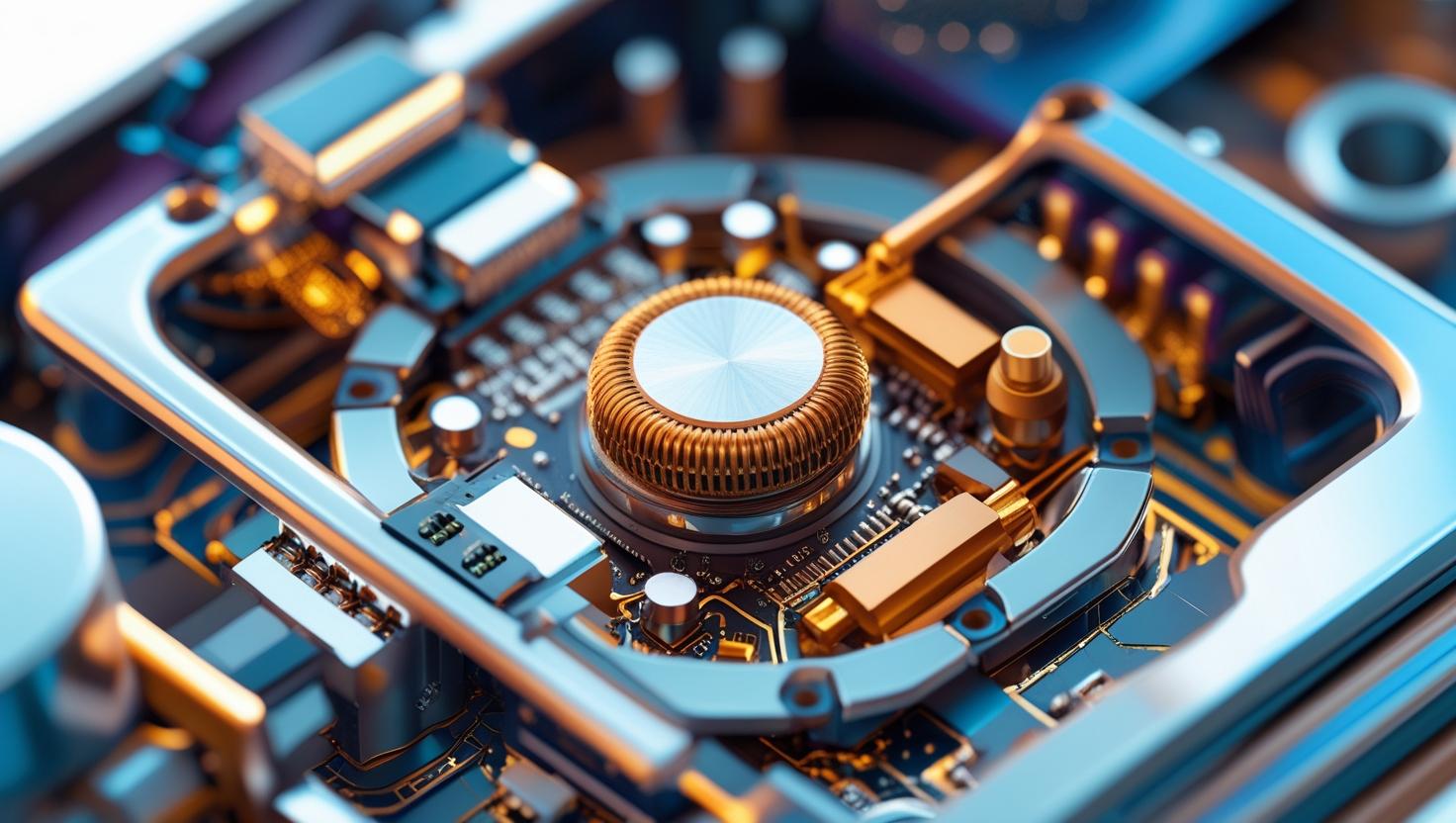As global industries rapidly move toward electrification, automation, and smarter energy infrastructure, the Asia Pacific region Magnetic current sensors has emerged as the largest and fastest-growing market for magnetic current sensors. These sensors—crucial components for detecting and measuring electric current using magnetic fields—are now foundational in a wide array of sectors including automotive, industrial automation, renewable energy, and consumer electronics.
Magnetic Current Sensors: A Cornerstone of Modern Electronics Magnetic current sensors offer real-time, contactless measurement of current with high accuracy, low power loss, and enhanced safety. They play a pivotal role in everything from electric vehicles (EVs) and charging stations to power inverters, battery management systems, and industrial equipment. The growing need for efficient power management, precise current monitoring, and energy conservation is driving increased adoption of these sensors.
Asia Pacific: The Epicenter of Demand and Production Asia Pacific’s leadership in the magnetic current sensor market can be attributed to a combination of factors: high-volume electronics manufacturing, robust electric vehicle production, expanding renewable energy infrastructure, and supportive government initiatives. Countries like China, Japan, South Korea, and India are fueling regional dominance through strong domestic demand and export-led production.
China alone accounts for a significant share of the market, given its massive investments in EVs, power distribution systems, and smart manufacturing. Japan and South Korea, with their technologically advanced electronics industries, continue to push innovation in current sensing technologies. India, on the other hand, is rapidly scaling up both EV production and smart grid deployments, further expanding the demand landscape.
Download PDF Brochure @ https://www.marketsandmarkets.com/pdfdownloadNew.asp?id=187942507

EV Adoption and Automotive Electrification Fuel Market Growth One of the largest contributors to the surge in demand for magnetic current sensors in Asia Pacific is the electric vehicle revolution. These sensors are essential in EV battery management systems, onboard chargers, inverters, and motor control units. With government subsidies, stricter emission norms, and rapidly developing charging infrastructure, countries across Asia are witnessing an explosion in EV adoption. This, in turn, is pushing automakers and suppliers to ramp up sensor integration for safety, efficiency, and compliance.
Industrial Automation and Smart Factories Accelerate Adoption Asia Pacific is also a hub for industrial automation, with nations like China and Japan leading in factory digitization and Industry 4.0 implementations. Magnetic current sensors are embedded in machinery and power equipment to ensure operational efficiency, fault detection, and real-time data collection. As factories become smarter and more connected, the need for accurate, high-speed current monitoring grows exponentially.
Renewable Energy and Power Grids: A Growing Application Area With renewable energy projects expanding rapidly—especially solar and wind farms—across the region, magnetic current sensors are becoming integral to monitoring and controlling inverters, transformers, and energy storage systems. In smart grid applications, these sensors help balance load, prevent outages, and enhance grid stability. As countries commit to carbon neutrality, the demand for high-performance current sensors in energy infrastructure is expected to grow steadily.
Technological Advancements and Local Innovation Manufacturers in Asia Pacific are not only adopting but also driving innovation in current sensing technology. Ongoing R&D in Hall-effect sensors, fluxgate sensors, and TMR (tunnel magnetoresistance) is improving accuracy, miniaturization, and cost efficiency. Local players and multinational firms operating in the region are investing in production capabilities, AI-driven calibration, and sensor fusion technologies to stay ahead of demand.
Government Policies and Strategic Support National policies promoting EVs, clean energy, and digital infrastructure are bolstering the market further. China’s 14th Five-Year Plan, India’s PLI schemes for electronics and automotive components, and Japan’s Green Growth Strategy are examples of state-level support accelerating sensor demand and manufacturing.
The Road Ahead With strong demand fundamentals, technology leadership, and a maturing manufacturing ecosystem, the Asia Pacific magnetic current sensor market is poised for sustained growth. As industries become more electrified and intelligent, magnetic current sensors will serve as critical enablers of safety, energy efficiency, and digital transformation.
Global players eyeing growth in current sensing technologies will find the Asia Pacific market not only as a production powerhouse but also as a fertile ground for innovation and scale.
FAQ: Asia Pacific Magnetic Current Sensor Market (2025–2030) 1. What is a magnetic current sensor? A magnetic current sensor is a device that detects and measures electric current by using magnetic fields generated by the current flow. Common technologies include Hall-effect, AMR (Anisotropic Magnetoresistance), GMR (Giant Magnetoresistance), and TMR (Tunnel Magnetoresistance).
2. Why is the Asia Pacific region leading the magnetic current sensor market? Asia Pacific is leading due to:
- High production of electric vehicles (China, Japan, India)
- Rapid industrial automation
- Expansion of renewable energy infrastructure
- Dominance in consumer electronics and semiconductors
- Supportive government initiatives and manufacturing ecosystems
